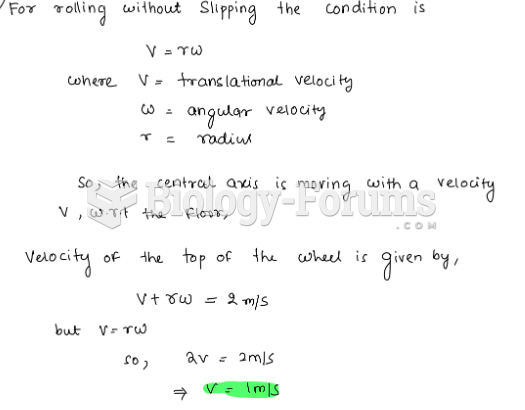This topic contains a solution. Click here to go to the answer
|
|
|
Did you know?
The oldest recorded age was 122. Madame Jeanne Calment was born in France in 1875 and died in 1997. She was a vegetarian and loved olive oil, port wine, and chocolate.
Did you know?
There are more sensory neurons in the tongue than in any other part of the body.
Did you know?
Women are 50% to 75% more likely than men to experience an adverse drug reaction.
Did you know?
The FDA recognizes 118 routes of administration.
Did you know?
Cyanide works by making the human body unable to use oxygen.
 Changes in boreal forest composition along a chronosequence in Quebec. Dates refer to the year of th
Changes in boreal forest composition along a chronosequence in Quebec. Dates refer to the year of th
 The anterior pituitary is sometimes called the master gland because it secretes many hormones that r
The anterior pituitary is sometimes called the master gland because it secretes many hormones that r





